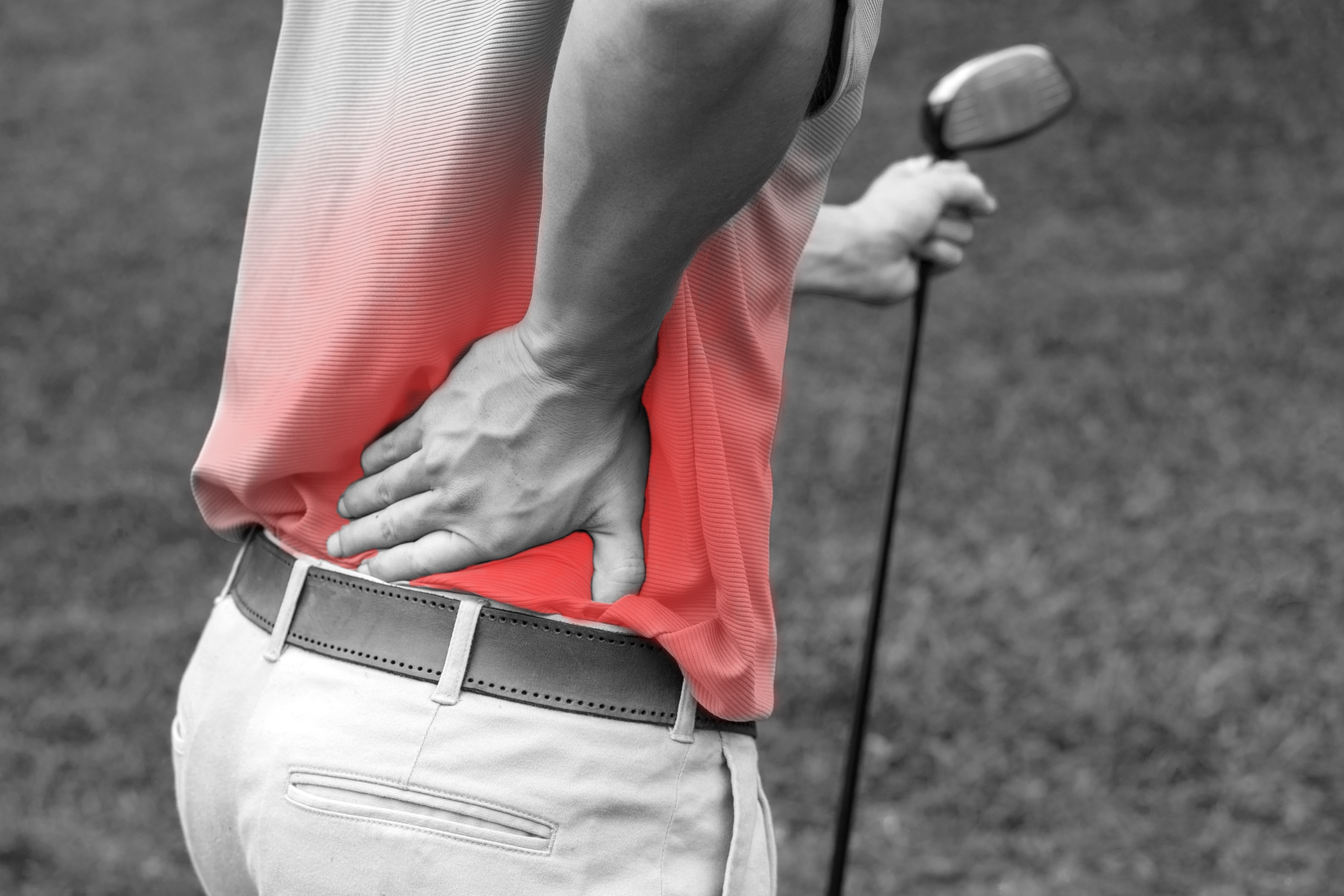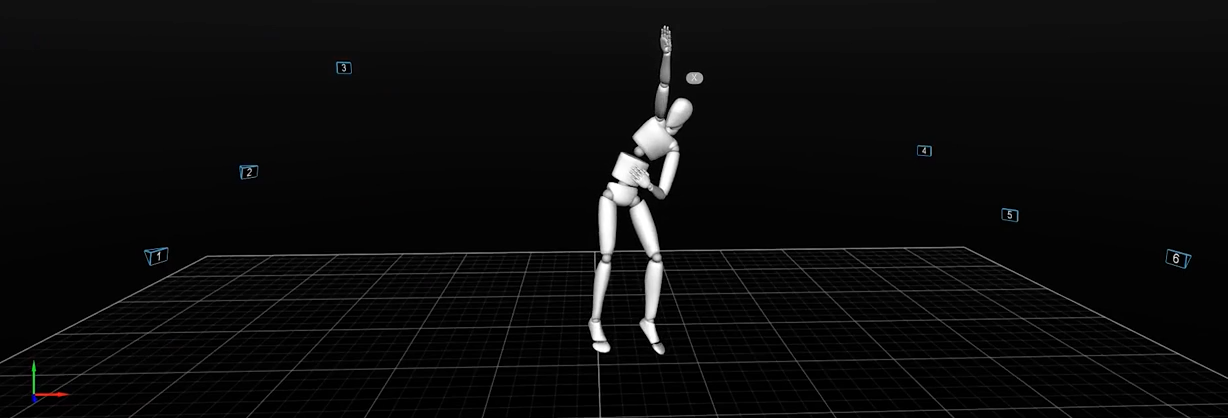What Causes LBP?
Low back pain is the most common injury in Golf. There are numerous vulnerable positions in a golf swing that increase your risk for back injury.
Common postures that are known to increase injury risk are:
- Excessive side-bend
- Over-rotation of the spine
- Poor torso-pelvis separation (X-factor)
- Excessive low back arch at setup
- Restricted lead hip internal rotation
The speed of the golf swing further increases your risk. Muscular weaknesses in the core and poor mechanics will cause more damage due to high forces and relatively low control. It is estimated that 90% of your peak muscle activation occurs with each full speed swing. The high activation levels at this velocity are similar in intensity to a 3-rep max exercise. High loading at the discs and facet joints and high lumbar spinal muscle activation help generate force. But using improper sources to generate force makes injury almost a guarantee.
Am I at Risk?
The best way to know your risk is to get your swing evaluated!
Many golfers and trainers assess strength and endurance through common exercises such as planks, twists, etc. The problem is that your performance in a slow and controlled environment does not represent what happens during a golf swing. The best way to see if you exhibit unsafe postures during your swing is to assess it at full speed.
Detecting unsafe postures with the naked eye at that speed is virtually impossible. Gears Golf 3D motion capture system is able to measure your whole body position throughout your swing. By measuring precise joint mechanics, vulnerable positions are exposed. With this knowledge, the athlete and trainer are equipped with information to decide whether the corrections can be done with appropriate strengthening, or if you need to make crucial changes to your swing. Gears Golf also provides detailed club information. If your posture is high risk or if you suffer from low back pain, there are ways to change your swing through club mechanics without sacrificing performance.
Is There Anything Else I Can Do?
For a deeper layer of information about the health status of your spine, seek a spinal MRI that reveals the health of your spinal discs in various flexion, side-bend, and rotated postures. You can find out which postures put you specifically at high risk for incurring a serious injury, and find out if those postures are seen in your golf swing.






